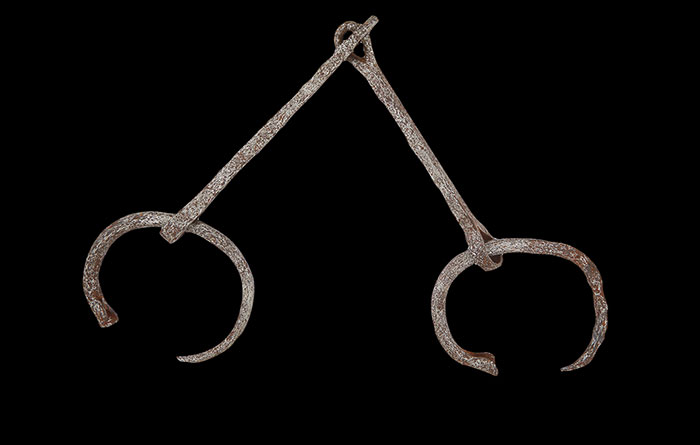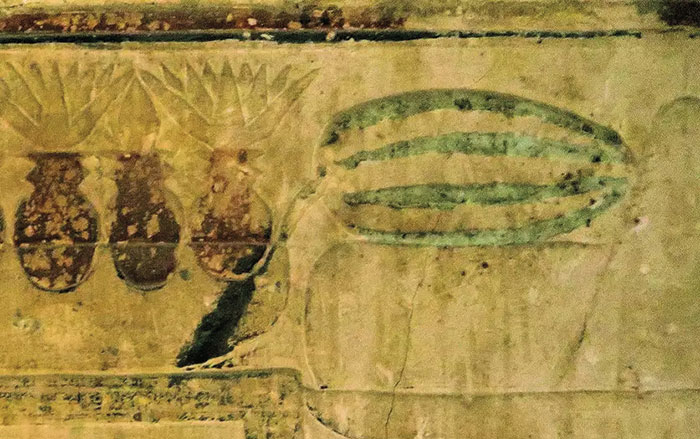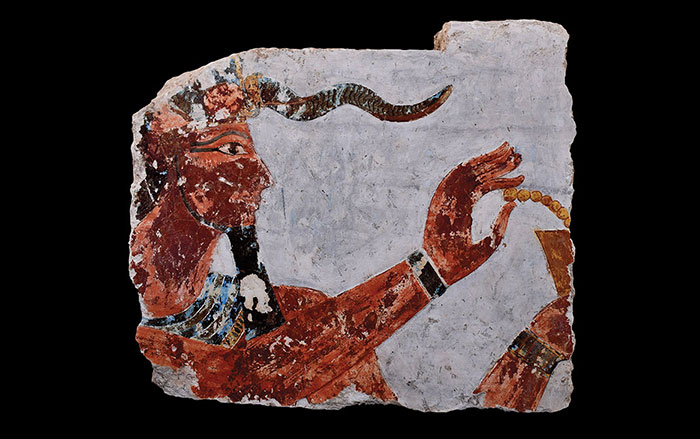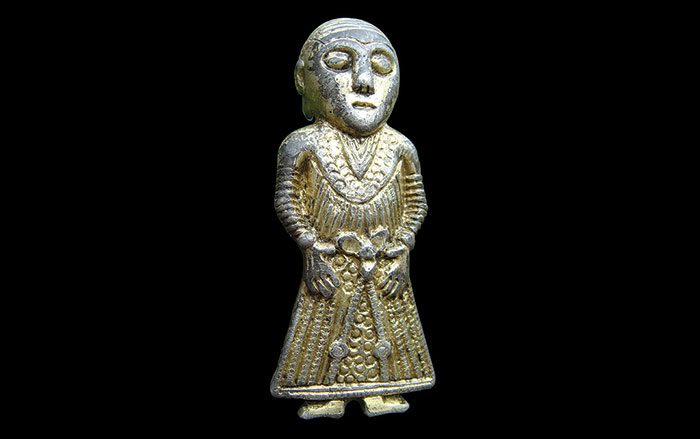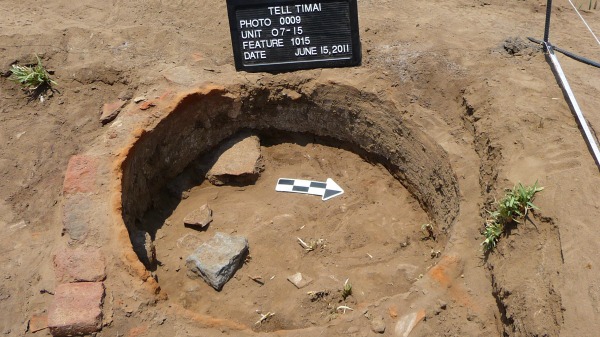
CRAWLEY, AUSTRALIA—Archaeologists from the University of Western Australia are part of an international team excavating Tell Timai, the remains of the Greco-Roman town of Thmuis in Egypt. Student Liesel Gentelli found a cache of 2,200-year-old coins that she thinks may have been placed under the building’s foundation as an offering. The 13 coins date to the reigns of Ptolemy II, III, and IV, suggesting that the building was constructed no later than 221 B.C. In another part of the site, archaeologist Sean Winter found a number of ovens that may have been part of an industrial-scale bakery or a tavern sometime around the first century. “Nowhere in the published literature can we find an equivalent number of ovens in the same place,” he told Science Network Western Australia. Food remains show that the people of Thmuis ate fish and shellfish from the Mediterranean, birds, and mammals. To read more about life in Egypt during this period, see "Documents Tell of Childhood in Roman Egypt."


